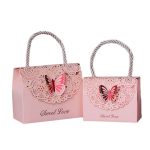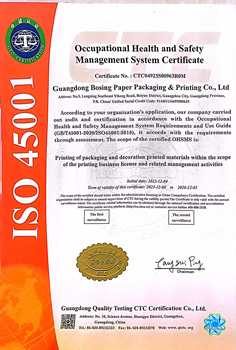
In the competitive world of smartphones, where specifications often blur into similarity, an unexpected hero has emerged in the marketing battlefield: the mobile phone packaging box. What was once merely a protective shell has transformed into a sophisticated marketing tool, design statement, and environmental manifesto. The modern smartphone box does more than just deliver a device—it creates an experience, builds anticipation, and communicates brand values before the user even touches their new phone.
The evolution of mobile phone packaging tells a fascinating story of changing consumer expectations. Remember the bulky, plastic-clad boxes of early mobile phones? Those cumbersome packages filled with excessive documentation and tangled cables have given way to minimalist, eco-friendly designs that prioritize user experience. Today’s premium smartphone boxes feature precisely engineered cardboard constructions, magnetic closures, and custom-fit foam inserts that make unboxing feel like unveiling a luxury item. This transformation reflects how brands now understand that packaging represents the first physical touchpoint with customers—an opportunity too valuable to waste.
Psychological impact plays a crucial role in packaging design. The satisfying weight of a well-constructed box, the smooth glide of a drawer-style opening, the perfect resistance when lifting the lid—these carefully calibrated sensations create positive associations with the brand. Research shows that a premium unboxing experience can significantly influence perceived product quality and customer satisfaction. When Apple pioneered its minimalist packaging approach, it wasn’t just reducing waste—it was teaching consumers that sophistication lies in simplicity. This psychological priming sets the stage for how users perceive their new device before they even power it on.
Sustainability has become the new luxury in mobile phone packaging. With growing environmental consciousness, manufacturers face increasing pressure to reduce packaging waste. Leading brands have responded with innovative solutions: Samsung incorporates recycled paper and soy-based inks, Google uses 100% recyclable materials, and Fairphone designs packaging that can be repurposed as phone stands or storage boxes. These eco-initiatives not only reduce environmental impact but also strengthen brand image, showing consumers that companies share their values. The humble cardboard box has become a canvas for corporate responsibility statements.
Functionality remains paramount despite the focus on aesthetics. Beyond looking beautiful, modern smartphone packaging must protect delicate devices during shipping, organize accessories intuitively, and sometimes even serve secondary purposes. Some brands include QR codes that lead to digital manuals, reducing paper waste while providing interactive guidance. Others design boxes that transform into VR viewers or charging stands. This multifunctional approach demonstrates how packaging can continue adding value long after the unboxing moment has passed.
The unboxing experience itself has become social media currency. In the age of YouTube unboxing videos and Instagram stories, packaging design directly influences digital marketing. Brands now create boxes with shareability in mind—incorporating dramatic reveals, hidden compartments, or visually striking color schemes that pop on camera. This recognition that packaging serves as free advertising has led to designs that encourage users to document and share their unboxing moments, effectively turning customers into brand ambassadors.
Looking forward, mobile phone packaging continues to evolve with technology. Augmented reality features, NFC tags that trigger setup processes, and packaging that integrates with smart home ecosystems represent the next frontier. As brands explore these innovations, the fundamental purpose remains unchanged: to make customers feel excited about their purchase while communicating brand values effectively. The mobile phone box has graduated from simple container to brand ambassador, environmental statement, and user experience gateway—proving that sometimes, the wrapper matters almost as much as what’s inside.




Leave a Message